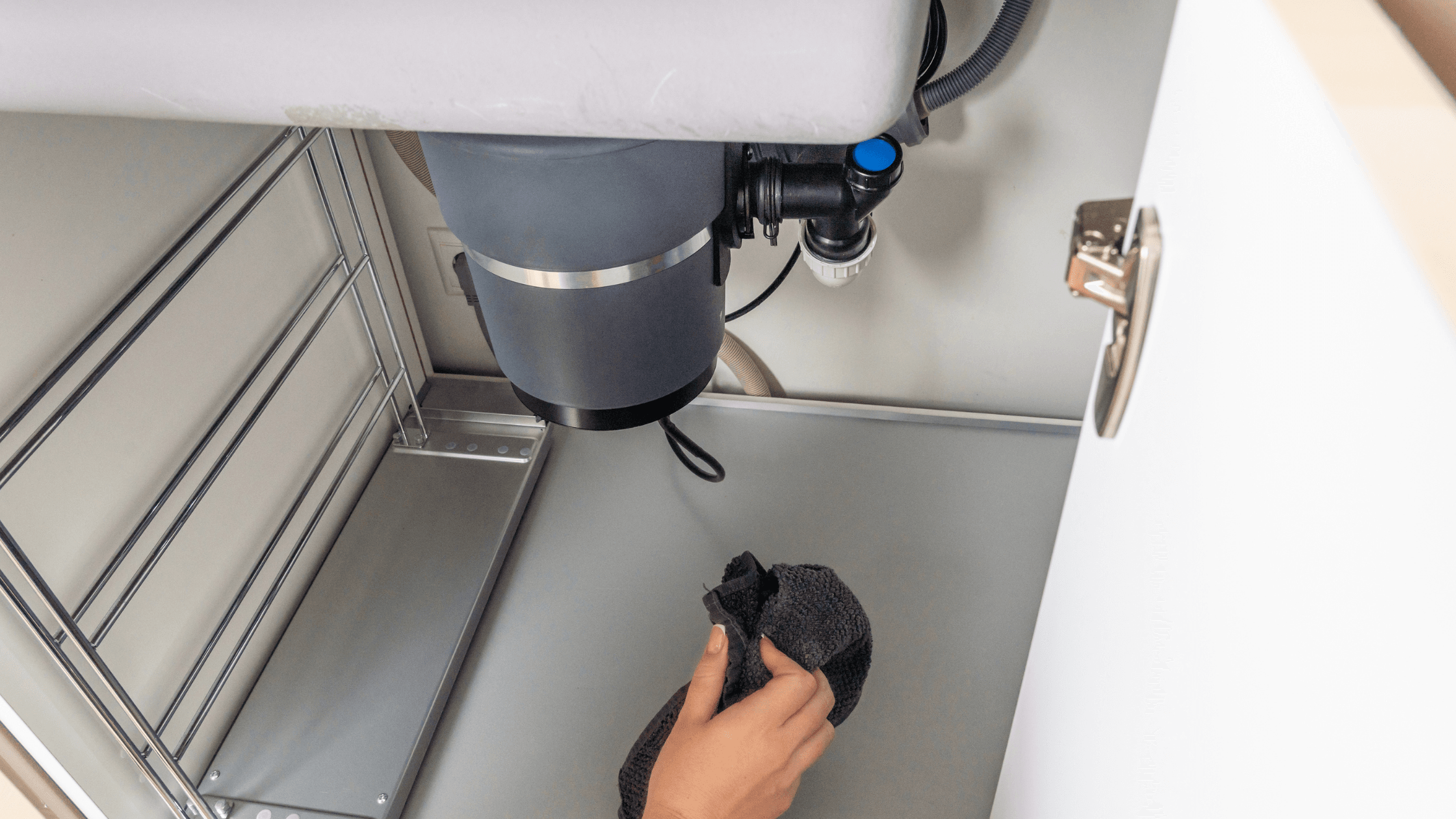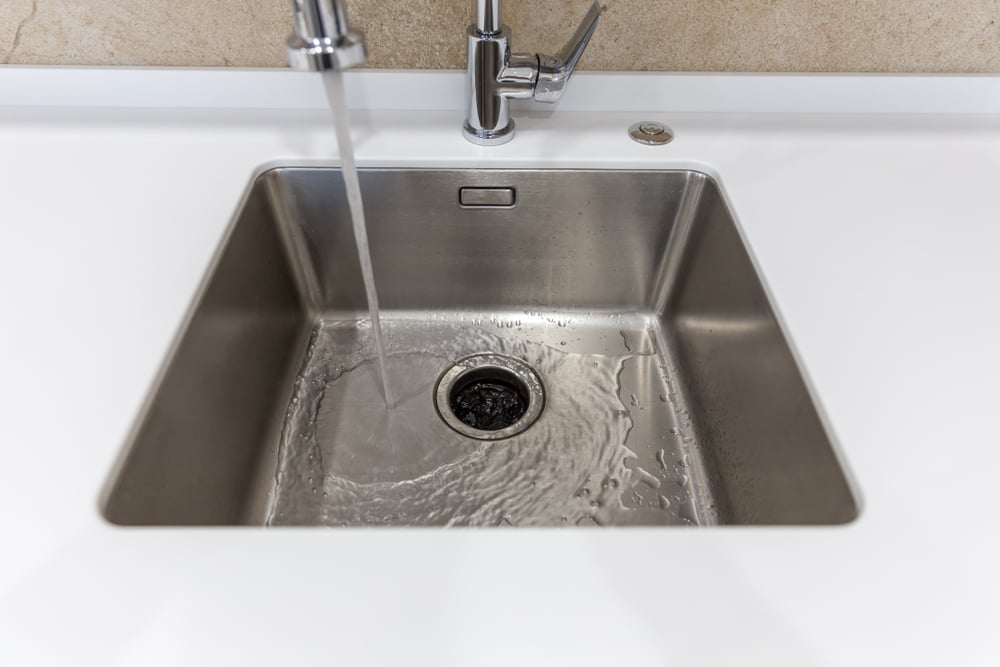Straightforward Steps to Stop a Leak in Your Garbage Disposal
Straightforward Steps to Stop a Leak in Your Garbage Disposal
Blog Article
We have stumbled upon this post involving How to fix a pretty consistent leak from my garbage disposal below on the internet and concluded it made good sense to relate it with you in this article.

Waste disposal unit are important kitchen appliances that assist in getting rid of food waste successfully. However, a dripping garbage disposal can be a frustrating and untidy problem to manage. Thankfully, several leakages can be repaired easily with a few basic steps. In this post, we will certainly review just how to take care of a leaking garbage disposal effectively.
Intro
Garbage disposals are installed under cooking area sinks and are designed to shred food waste into smaller sized items, enabling it to travel through the plumbing system easily. While these gadgets are typically trustworthy, leakages can take place over time because of deterioration, loose connections, or damages to the unit.
Step-by-Step Overview to Dealing With a Leaking Waste Disposal Unit
Switch off the Power
Before trying any kind of repairs, guarantee that the power to the waste disposal unit system is shut off to prevent the danger of electric shock.
Situate the Leak
Determine the precise place of the leak and identify the reason
Tighten Links
Use a wrench to tighten up any kind of loosened links in between the disposal device and the pipes system.
Replace Seals or Gaskets
If the leakage is because of worn seals or gaskets, eliminate the old elements and replace them with new ones.
Patching Splits or Holes
For fractures or openings in the disposal device, use epoxy or an ideal patching product to seal the broken location.
Recognizing the Source of the Leakage
Prior to trying to repair a dripping waste disposal unit, it is essential to determine the source of the leakage. This can commonly be done via visual inspection or by conducting simple examinations.
Visual Assessment
Check the garbage disposal device very carefully for any indicators of water leakage. Pay attention to locations around seals, gaskets, and connection points.
Checking for Leakages
One way to check for leakages is by running water via the disposal unit and checking for any kind of noticeable indicators of leakage.
Usual Sources Of Leaks in Trash Disposals
Worn Seals and Gaskets
Seals and gaskets play an essential duty in preventing water from dripping out of the garbage disposal. Gradually, these elements can wear away, leading to leakages around the disposal system.
Loose Connections
The links in between the waste disposal unit and the plumbing system can end up being loose with time, triggering water to leakage out during operation.
Splits or Holes in the Disposal System
Physical damages to the waste disposal unit, such as fractures or openings in the real estate, can also lead to leakages.
Devices and Products Needed for Fixing a Leaking Waste Disposal Unit
Prior to starting the fixing procedure, collect the necessary tools and products, consisting of a screwdriver, flexible wrench, plumbing professional's putty, replacement seals or gaskets, and epoxy or patching product for fixing splits or holes.
Evaluating the Garbage Disposal After Fixing
When the repair service is total, check the garbage disposal by running water via it to make certain that the leak has actually been resolved.
Preventive Upkeep Tips to Avoid Future Leakages
To prevent future leaks, it is essential to perform routine upkeep on your garbage disposal. This includes keeping it clean, staying clear of placing non-food items or difficult items down the disposal, and occasionally looking for leaks or other concerns.
Conclusion
Finally, fixing a leaking garbage disposal is a reasonably straightforward process that can be completed with fundamental tools and materials. By complying with the steps outlined in this post and practicing preventative upkeep, you can keep your garbage disposal in good working condition and stay clear of expensive repair work in the future.
HERE’S HOW TO FIX YOUR GARBAGE DISPOSAL
WHAT TO DO IF SOMETHING IS STUCK IN YOUR GARBAGE DISPOSAL
If the impeller won’t turn, there’s probably something stuck in the disposal. It could be a steak bone or peach pit, although plumbers report pulling all sorts of inappropriate objects out of disposals, such as bottle caps or aluminum foil. Make sure power to the disposal is off, and look inside to see if you can see the source of the jam.
Never stick your fingers in a disposal. Pull out anything you see with tongs or pliers.
If the disposal still won’t work, it may be time to call a plumber or consider buying a new disposal. GEM Plumbing & Heating is here for all of your garbage disposal needs.
WHAT TO DO IF YOUR GARBAGE DISPOSAL DRAIN IS CLOGGED
Take everything out from underneath your sink and put a bucket or other container under your disposal to catch any water that drains out. Disconnect your disposal from the power supply. If it’s plugged into a wall outlet, unplug it. If it’s hardwired into an electrical box, go to the electrical panel and turn off the breaker for the disposal. Pour ¼ cup of baking soda into the drain, followed by ½ cup of white vinegar. Give the solution a few minutes to fizz and do its work. Look into the disposal with a flashlight to see if you can see an object that might be causing the clog. If you see it, remove it using tongs or pliers. MORE TIPS ON DEALING WITH A CLOGGED GARBAGE DISPOSAL
Never use drain cleaner in a garbage disposal. It can damage the plastic parts inside the disposal. You can also be splashed with the caustic liquid while working to clear the clog. Beware! Never stick your fingers into a garbage disposal. Trust us — not a good idea. In many instances, your dishwasher drains through your garbage disposal. This allows the disposal to grind any large food particles that may be drained out of your dishwasher. There are some jurisdictions, however, where the plumbing code prohibits such a connection. WHAT TO DO WHEN YOUR DISHWASHER DRAINS THROUGH THE DISPOSAL
Run some water in the sink so your plunger has at least a ½-inch of water to create a seal and plunge vigorously up and down several times. You may need to repeat this several times. Run hot water down the drain to clear any residue that remains.

We had been guided to that write-up on Why Is from a friend on our other blog. Do you know anybody else who is in to Tips on Fixing a Leaking Garbage Disposal? Feel free to share it. Thank you so much for going through it.
Call Today Report this page